As gardeners, we evaluate a plant’s ornamental characteristics before we consider adding it to our garden. We may want to know, for example, when a plant flowers or if it exhibits good fall color. Other concerns might be whether it is an evergreen or a deciduous shrub, or if a plant bears fruit or has colorful stems. But how often do we look at the form of a plant? Architectural structure is an important characteristic to consider, especially for winter interest.
In this video, Andrew Bunting, curator of the Scott Arboretum of Swarthmore College in Swarthmore, Pennsylvania, takes us on a walk through the arboretum, pointing out specimens with exceptional form, including cut-leaf Japanese maple, deodar cedar, European beech, and katsura tree. He also tells us what to look for—and what to avoid—when selecting young trees for our own gardens.


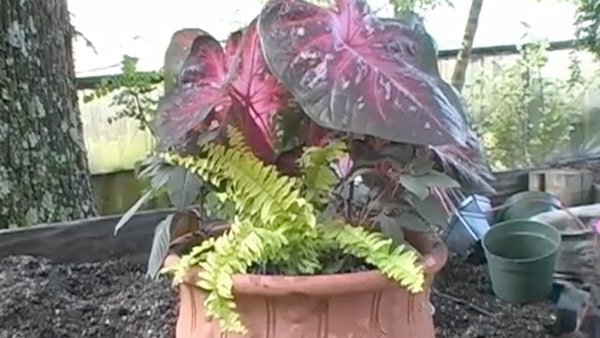

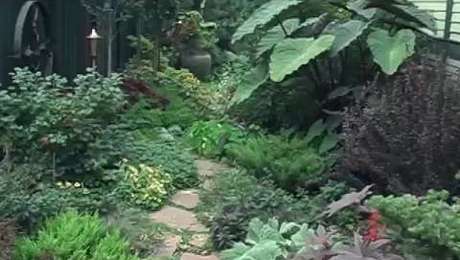
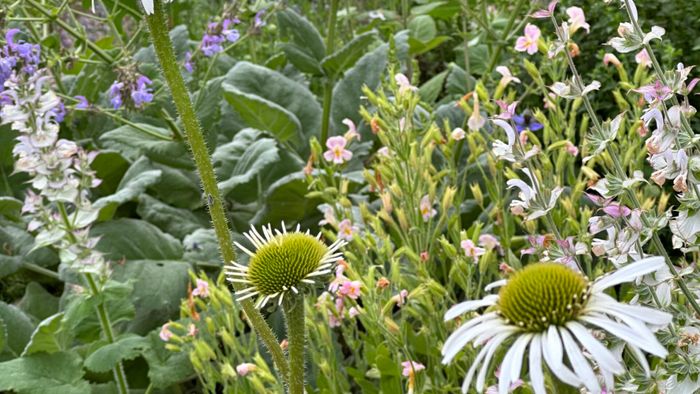

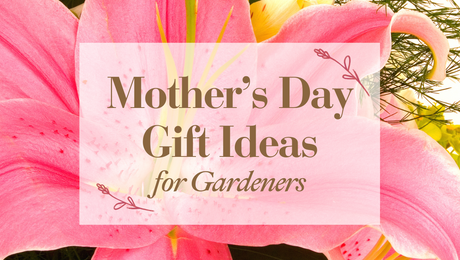
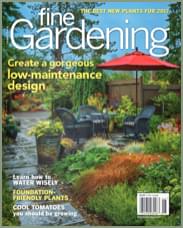

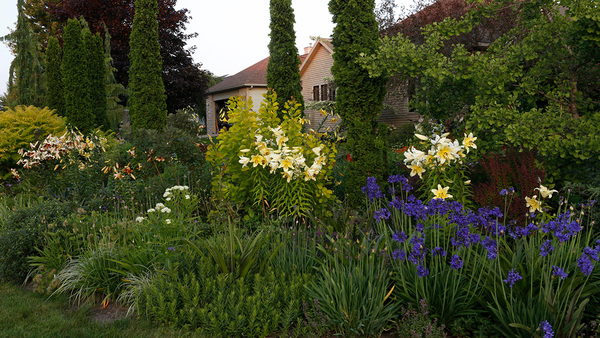



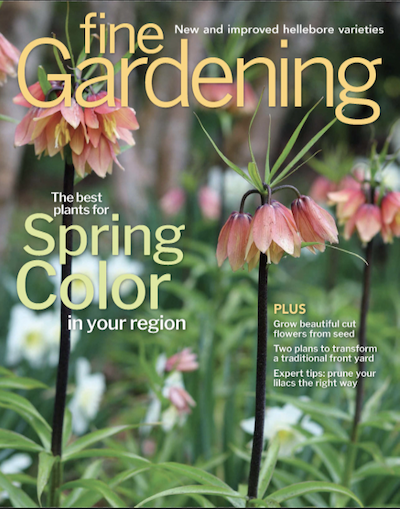



Comments
Log in or create an account to post a comment.
Sign up Log in